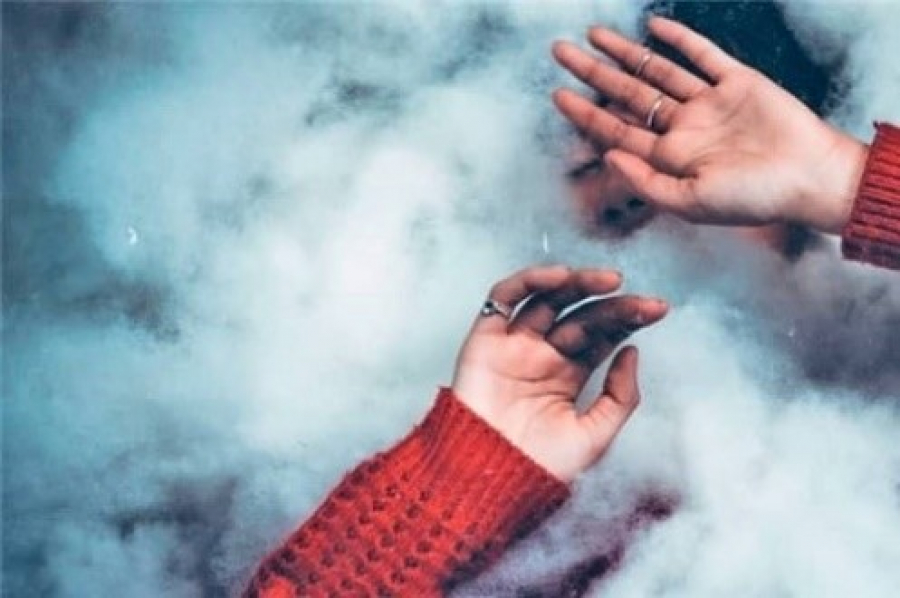Dear student! Methods of protection from gas leaks and treatment of poisoning from gas!

Every year, thousands of people die from carbon monoxide poisoning during the winter months.
Dear student, below we will remind you how to prevent carbon monoxide poisoning.
It is known that carbon monoxide (CO) is colorless, odorless, and the most common toxic compound in industrial conditions, caused by incomplete combustion of natural gas, fuel, coal, and wood coals.
Smoke contains 3%, processed gas contains 13%, and explosive gases contain up to 50-60% carbon monoxide.
Carbon monoxide affects the body through respiratory organs. In the most severe cases of poisoning, a person can die.
According to the analysis, most cases of carbon monoxide poisoning occur for the following reasons:
Non-observance of safety measures by citizens in the use of gas and alternative fuels (coal, firewood, etc.);
Use of non-standard (handmade) or non-certified heating furnaces and appliances;
Improper installation of chimneys of heating furnaces;
Bringing heating stoves (devices) adapted to gas or other alternative fuel into rest (sleeping) rooms;
Use of open fire (coal and wood coals) for heating rooms without air exchange;
Blocking (blocking) air exchange ventilation shafts or holes.
Due to the above-mentioned reasons, the fuel used for heating (gas, coal, firewood, etc.) is burned as a result of incomplete burning of the gas.
The following methods of treatment are recommended for gas poisoning:
It is necessary to immediately take the poisoned person to the fresh air. When breathing stops, it is necessary to give artificial respiration. This activity is continued until the patient breathes independently or until symptoms of biological death appear. Rubbing the body, putting heating pads on the legs, smelling alcohol vapors for a short time (it is necessary to smell alcohol vapors from cotton or gauze soaked at least 1 cm from the patient's nose. Otherwise, the sharp smell of alcohol can cause the patient to become paralyzed) to end the effects of poisoning.
People who have been poisoned should be hospitalized. As a result of poisoning, serious complications may arise from the lungs and nervous system. If the patient is willing, the clothes that tighten the upper part of the body are released, and hot tea and coffee are drunk. At all levels of carbon monoxide poisoning, patients are urgently admitted to the intensive care unit or toxicology department. Patients discharged from the hospital should be monitored by a general practitioner and a neurologist.

